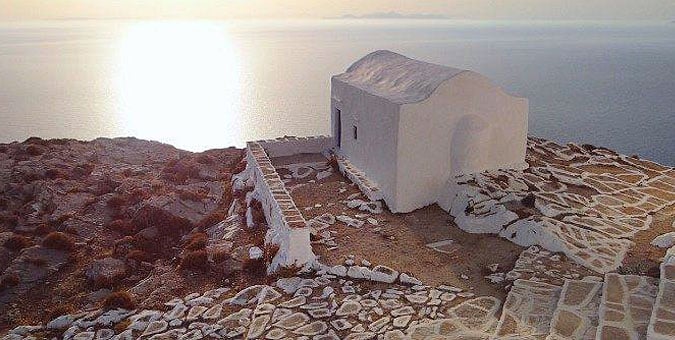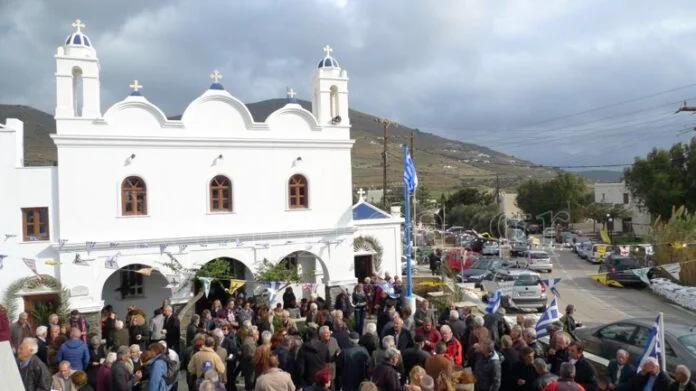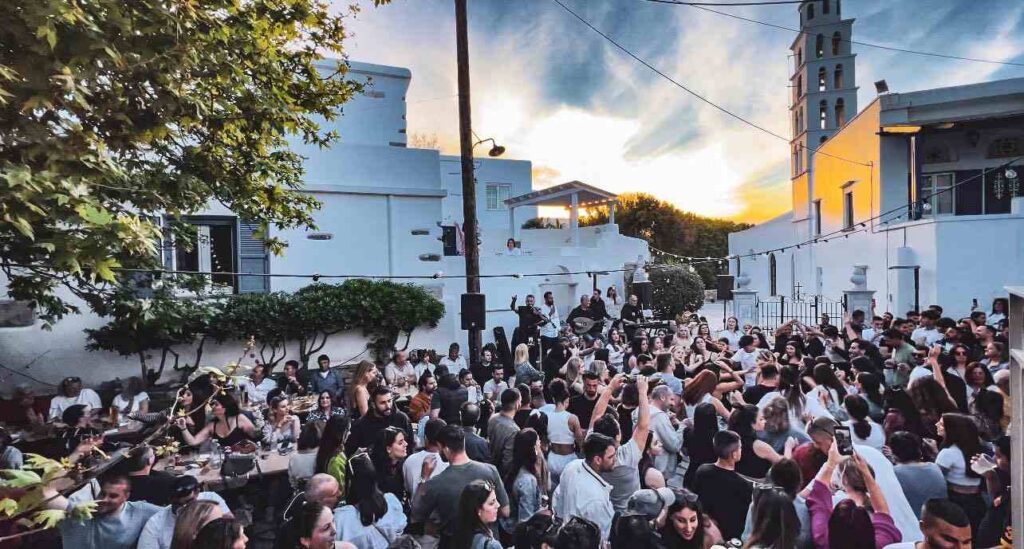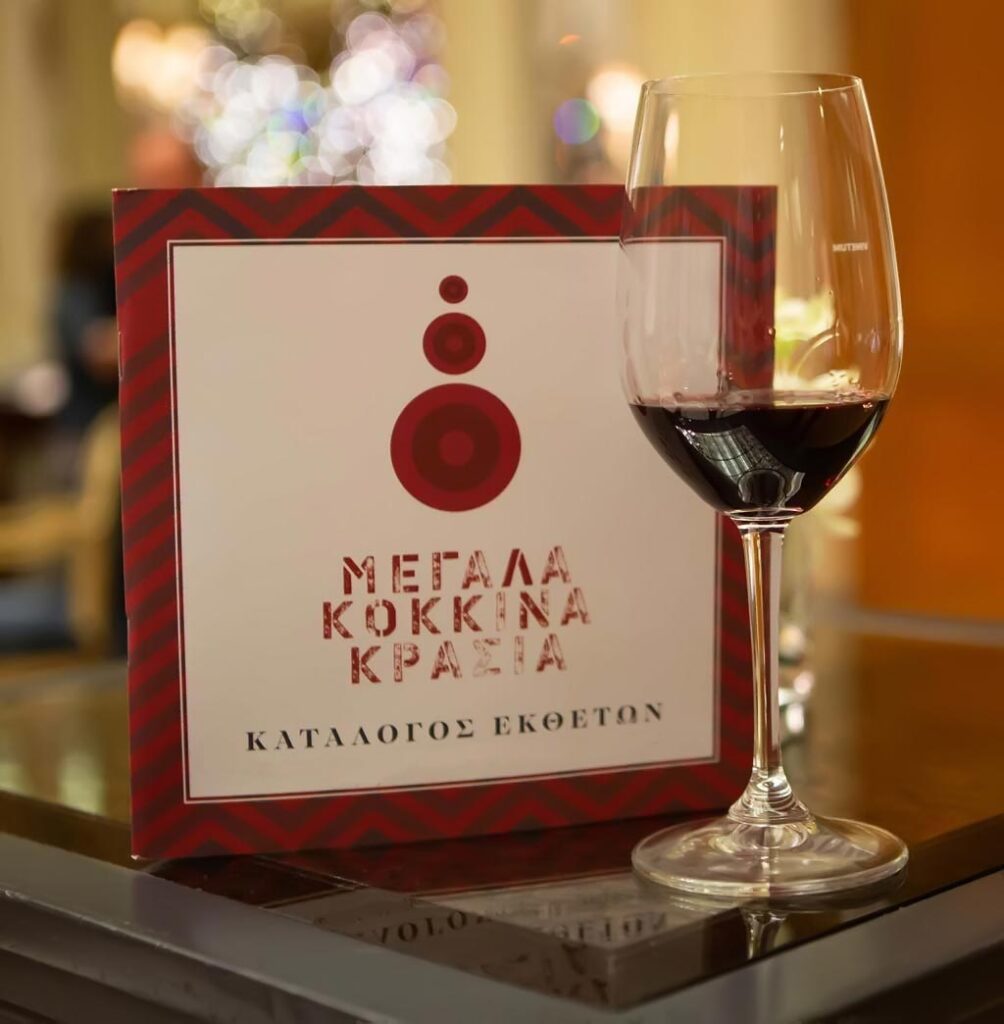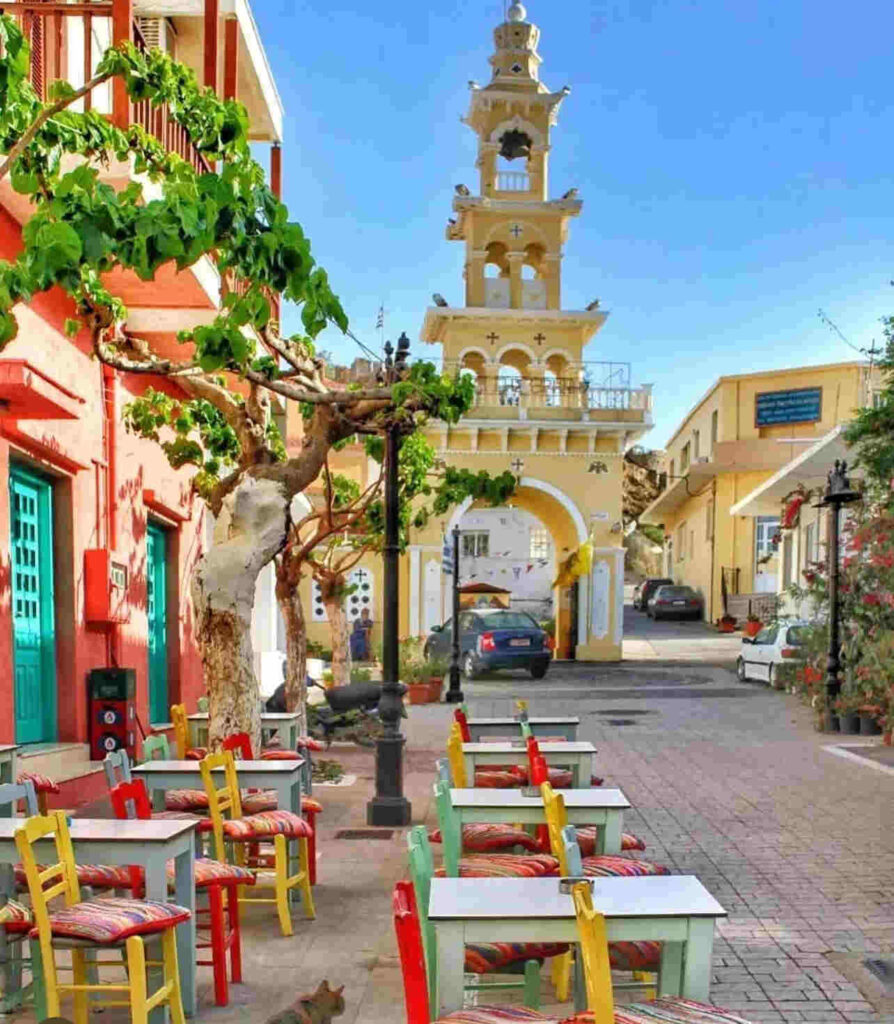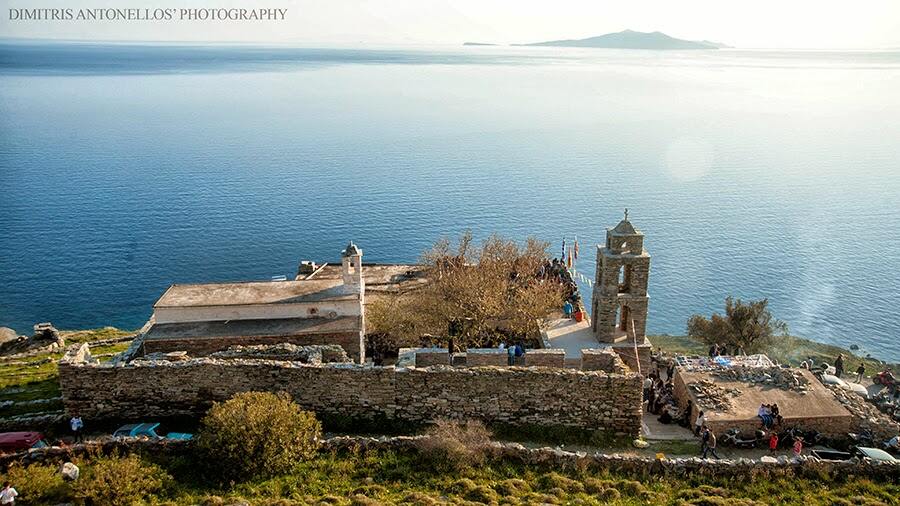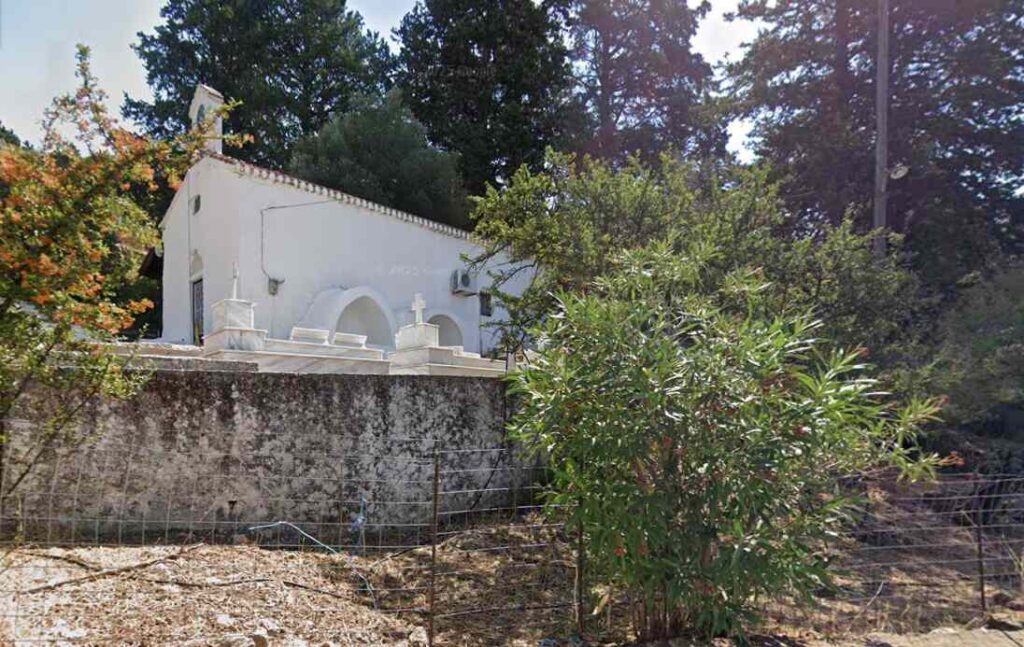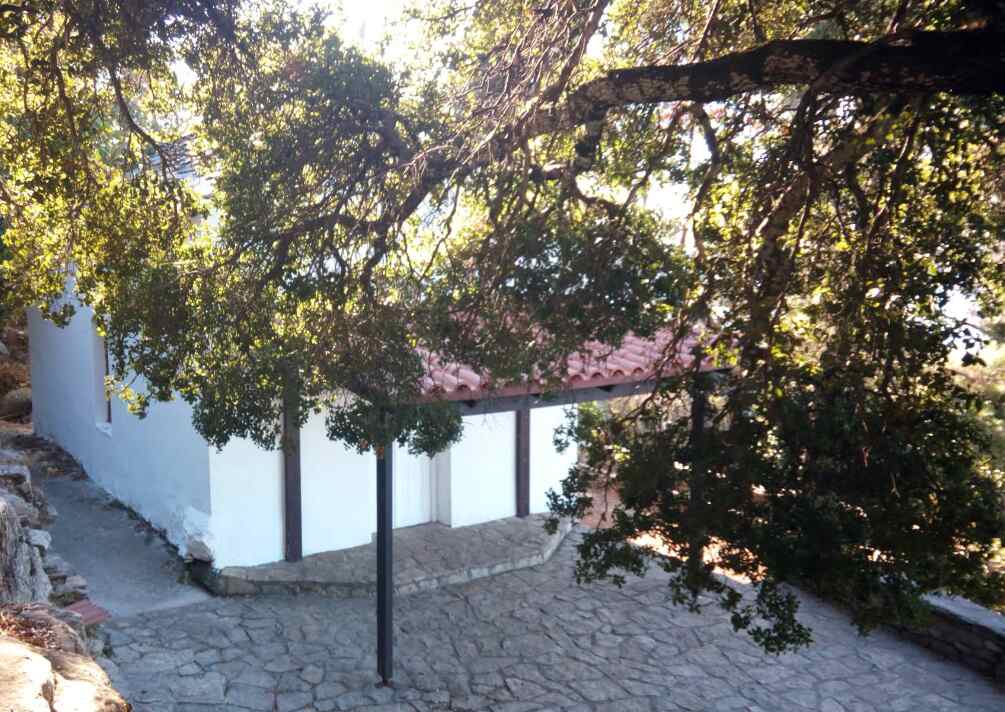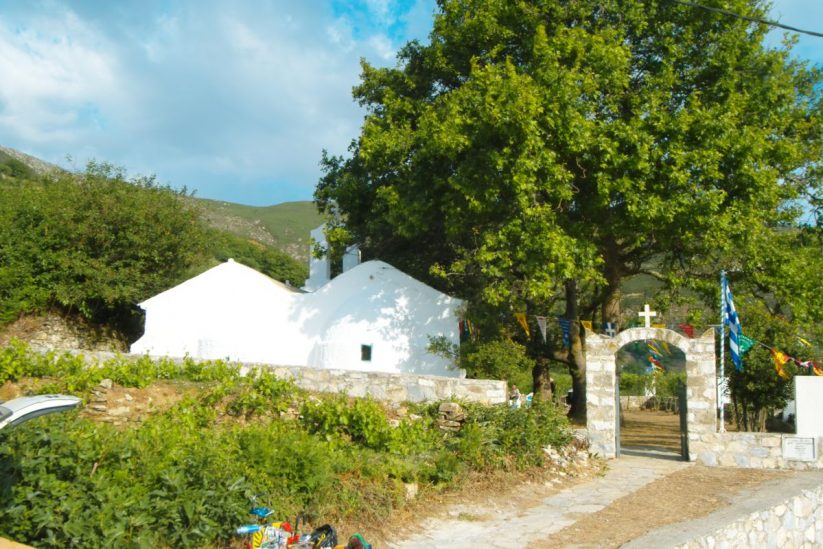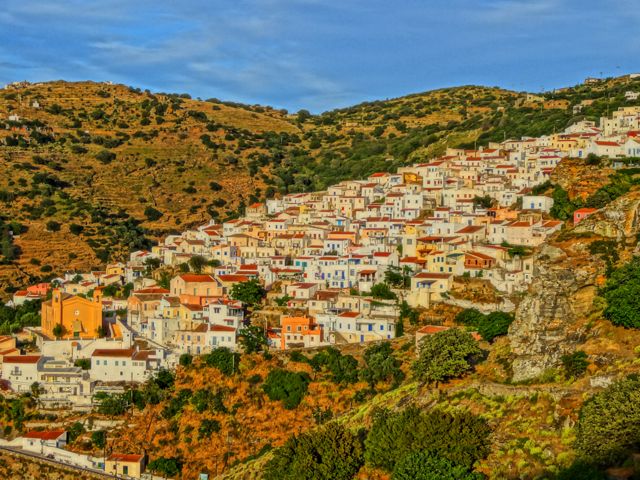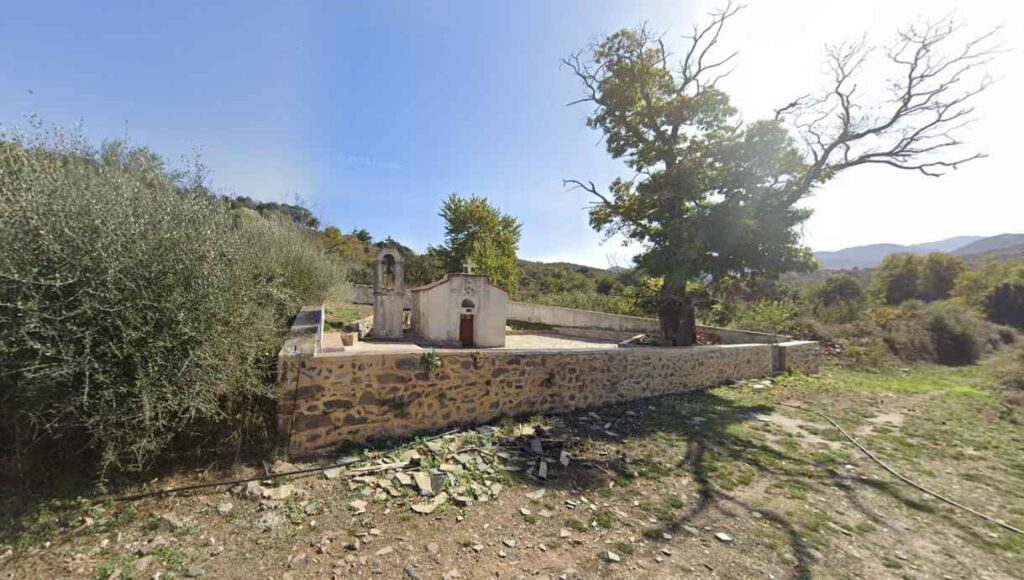Sikinos-August 15th
Every August 15th, the festival of Panagia Pantohara marks the most important celebration on the island of Sikinos. Dedicated to the Virgin Mary, it draws residents and visitors to the island’s main church for a day filled with devotion, music, and traditional food shared in a spirit of community. The event reflects the deep-rooted faith and strong social bonds that define life on the island of Sikinos. Usually a small and quiet Cycladic island that moves at a gentle pace, Sikinos transforms during its festivals, when its timeless authenticity meets the warmth and hospitality of its people.
The church of Panagia is located in the Castle, at the heart of Chora. The name “Pantohara” was given by the poet Odysseas Elytis, who loved the island deeply and wanted to express through it the joy and sweetness that emanates from the icon of the Virgin Mary.
The day of August 15th in Sikinos follows a cherished ritual. The morning begins with the Divine Liturgy, followed by the procession of the icon through the narrow, whitewashed streets of the Castle, decorated with flowers. Afterwards, the village fills with people heading to communal tables. There, the island’s women have prepared traditional dishes: goat stewed with tomatoes, fresh pies with herbs, chickpeas slowly cooked in wood-fired ovens, as well as cheeses, olives, and homemade bread. Wine from Sikinos’ own vineyards flows freely, and everything is shared without distinction, like one big family.
In the afternoon, there is a brief pause, as visitors rest in cafés or in the courtyards of homes. But as night falls, the island comes alive again. Musicians with violin and lute take their place in the square, and the first dances begin hesitantly. Very quickly, however, young and old, locals and visitors alike, join in a large circle. The steps are simple, but the energy is real, and the celebration spreads throughout the Castle. The music grows louder, voices rise, and the dancing continues until dawn.
In Sikinos, festivals are not merely religious ceremonies. They are moments that define social life, unite residents, and welcome visitors. The festival of Panagia Pantohara is the soul of this tradition. Anyone who experiences it firsthand carries forever in their memory the image of the small island dancing, singing, and celebrating as one large community in the middle of the Aegean Sea.
This festival has a unique character. It does not rely on professional organisers but on the collective effort of everyone. Each person contributes what they can – someone brings wine, another prepares food, another helps set up tables, and someone else plays music. This is the traditional practice of “mutual contribution,” which lends the celebration its authenticity and warmth.

